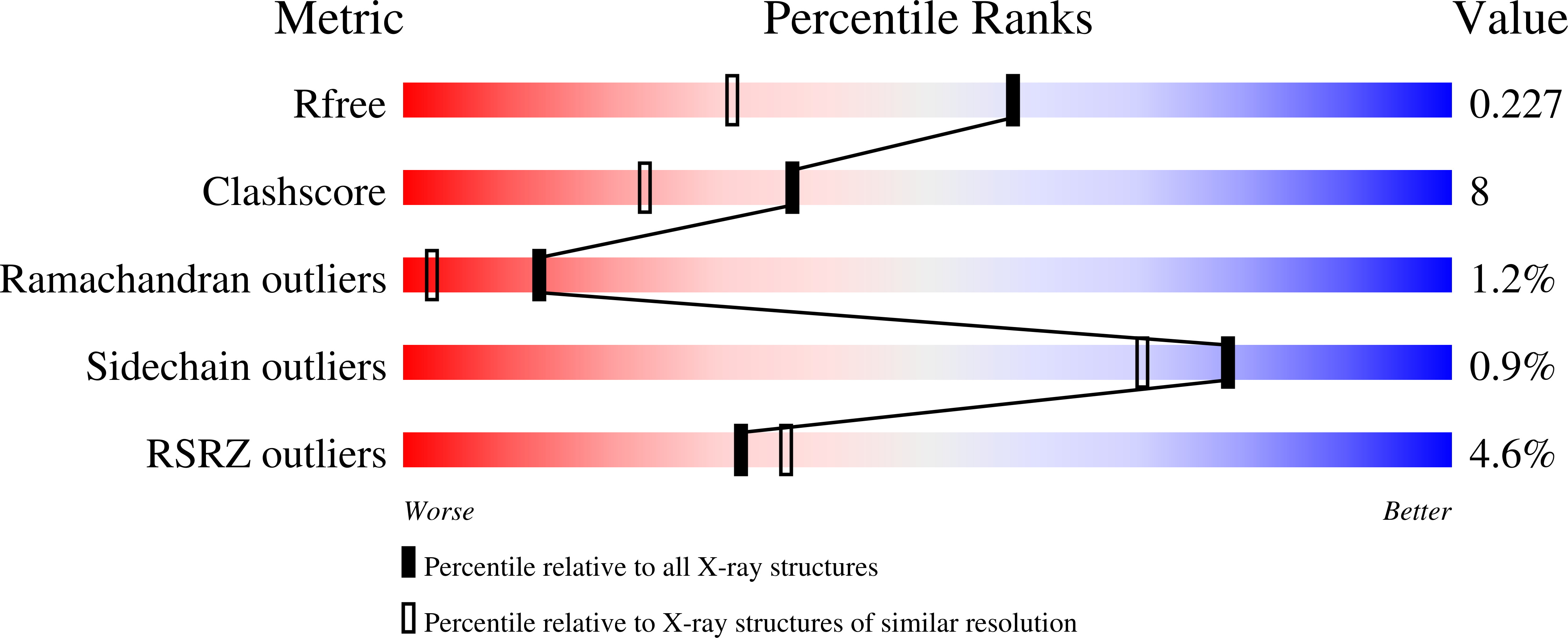
Deposition Date
2000-04-19
Release Date
2000-05-03
Last Version Date
2024-10-16
Entry Detail
PDB ID:
1EV5
Keywords:
Title:
CRYSTAL STRUCTURE ANALYSIS OF ALA167 MUTANT OF ESCHERICHIA COLI
Biological Source:
Source Organism:
Escherichia coli (Taxon ID: 562)
Host Organism:
Method Details:
Experimental Method:
Resolution:
1.70 Å
R-Value Free:
0.21
R-Value Work:
0.19
R-Value Observed:
0.19
Space Group:
I 21 3


